
BY DR. ANURADHA S IYER
FORMER GENERAL MANAGER (CHRD),
DURGAPUR STEEL PLANT, SAIL.
COIMBATORE , 9 JUNE 2023:
Holidaying in a politically unstable country is not something that is usually advised but Egypt has so many hidden treasures and beauty, I feel the hyped political situation has driven all else to the background. Yes, there is strife in the country but only in some specific remote parts. So I holidayed in Egypt. Yes, the month of August is not really suited to the hot and humid climate there but like most countries, Egypt too warrants a second trip, in the winters, for a different outlook.
Day 1: Landing in the capital city of Cairo in the early morning hours, as we drove to the hotel, it was fascinating to see the date trees abundant with the fruit hanging generously from the boughs…it even appeared that the trees would collapse under the weight of nature’s bounty! Strangely, the houses and other buildings all bore a bland, brown, unfinished colour…on enquiry, we were informed that people don’t get the exteriors painted as that would mean the house was completed and would therefore attract taxes! Our guide went on to tell us that the shabby exteriors were in total contradiction to the opulent interiors, if only we could see them!
In the early evening, we set off for the Light and Sound show at the Giza Pyramids, which offered us the first sight of the pyramids and the majestic Sphinx – spellbinding indeed. The light and sound show that followed was spectacular, detailing the history of the three pyramids and the story behind the Sphinx. The Sphinx is believed to be the representation of the Pharaoh who had just died, and he sat at the entrance of the Pyramid, protecting his people forever. Originally the Sphinx’s face was modeled on the first Pharaoh Khufu – with time, the features have eroded but the splendor, mystique and majesty of the Sphinx remain intact. The Pyramid of Khafre, son of Khufu, is lesser than that of the father’s in actual dimension but the very trick of constructing it on a slightly higher plane makes it appear to be taller than that of Khufu.
Day 2: We set off for Alexandria the next morning. En route, we visited Pompey’s Pillar, the only known free-standing column in Roman Egypt which was not composed of drums and is one of the largest ancient monoliths ever erected. The ruins even had an underground temple dedicated to the Egyptian Goddess, Hathor, who manifests as a cow.
As we drove on towards Alexandria on the Mediterranean coast, acknowledged as being the ‘posh’ district of Egypt, the changes in the houses, in the colours, was perceptible. You could almost smell the wealth in the region. Plush houses, facing the Mediterranean, in vibrant colours, shops replete with attractive goods on display, even the people here were better dressed and more elegant. And the blue of Mediterranean was a feast for the eyes indeed. An expanse of stunning vast blue sea, stretching for miles and miles.

The photo-stop at the Qaitbay Citadel, erected on the exact site of the famous Lighthouse of Alexandria, which was one of the Seven Wonders of the Ancient World, was followed by a visit to the Library of Alexandria. The fascinating exterior of the library has letters from every conceivable language written on it – hard to believe but I was convinced when I spotted Indian languages like Hindi, Marathi, Oriya, Telugu, Tamil and Bengali!
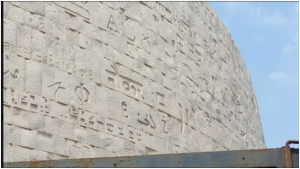
Mention Egypt and the one thing you never fail to recall is papyrus and the fact that Egyptians invented paper. Yes, a visit to Egypt would definitely be incomplete without learning about how paper is made and seeing a papyrus reed. So off we went to the Papyrus Shop where we saw a demonstration of how Papyrus – a thick paper like material produced from the pith of a papyrus plant found in the Nile delta and usually grown 5 to 9 feet tall – is made.
Day 3: The majestic pyramids and mysterious sphinx at close quarters was what awaited us today. Seeing the pyramids from up close was a mind-boggling experience. The sheer size was overwhelming and we got the chance to go inside one of the smaller pyramids too, just to get a feel of the interiors.

Our next stop was the famed Egyptian museum with the tomb of King Tutankhamen. The riches that King Tut was buried with was unimaginable! Not just him but the museum was filled with the riches of all the pharaohs – slippers, head rest, pillows, beds – you name it and it was all there, most of it in gold!
An interesting section of the museum was the preserved mummies of several kings like Ramses II. The preservation techniques existing thousands of years ago must have been superlative as the mummies were still intact, with hair, teeth, nails, etc. The extensive knowledge the ancient had in preservation techniques was amazing.
The museum also displayed texts with original hieroglyphics and the Rosetta Stone. The fascinating language of hieroglyphics, images to represent letters, has been studied extensively by scholars over the centuries and can be found engraved across various Egyptian relics and temples across the country.
The Egyptian perfumery was our next destination where we were exposed to the different essences of famous perfumes. All of these are made in Egypt and then exported to France, Italy and other European countries from where the exotic branded perfumes are manufactured. So be it Chanel, Nina Ricci, Intimate or any other famous brand, the essence was made in Egypt. Be sure to visit an authentic perfumery as lots of fake ones abound.
The evening saw us visiting the famous Khan-El-Khalili market, which is the hub of Cairo, the tourist magnet. However, our guide warned us that goods at the market were mostly made in China and highly overpriced to fleece the tourists so we just chilled at one of the many roadside cafes, with a glass of nice karkade, a local specialty made of hibiscus flowers – refreshing indeed!
Day 4: A quick checkout of the hotel and we boarded a short flight to Aswan before boarding the ship for the Nile cruise. After boarding the ship and settling in, we quickly went off on a camel ride that took us to a Nubian village, where we visited a local school and interacted with the kids. The village itself was resplendent with colourful handicrafts and the aromas of the local produce like spices and varieties of teas filled the air as we wandered around and picked up some saffron, mint tea and hibiscus tea leaves for karkade. A lovely short boat ride on the historic Nile, though fulfilling, was a matter of concern as we learnt how the level of the Nile has gone down after the construction of the Aswan dam.
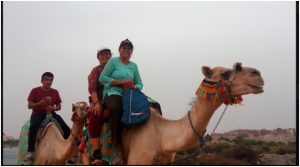
Sobek, the crocodile god, is revered in Egypt, along with Bastet, the cat goddess. A small crocodile farm housed in one of the village houses showed us the baby crocodiles that they breed. Placing a baby crocodile on your head is considered lucky!
Day 5: An early day, as we left the boat at 3.30 am for the long bus ride to Abu Simbel. Though I had seen several pictures of the Abu Simbel temples on the net, nothing prepared me for the sheer size of the statues of Ramses at the entrance of the temple – stupendous! The temple had originally been built such that the rays of the rising sun would fall on the face of the statues at the entrance. However, the temple entrance had to be relocated due to the Aswan dam, because of which the historical phenomenon of the sun’s rays falling on the statues has been lost forever due to modern technology. No technological achievement in modern times could replicate and retain what the ancient Egyptians had done.
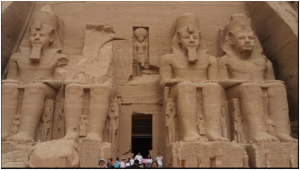
Returning to the ship via the Aswan dam gave us a panoramic view of Aswan, before we set sail for Kom Ombo. The Kom Ombo temple was another feast for the eyes, its unique feature being that it is actually two temples, each having its own entrance and approach way. Again, the Kom Ombo temples showed certain architectural marvels with the rays of the sun, which had been lost when parts of the temple had to be reconstructed after a massive earthquake in the 70s.
Day 6: Sailing into Edfu, we disembarked to visit the temple at Edfu. This temple had been completely submerged in the sand and had been excavated during one of the several expeditions that continue even today. From Edfu, we sailed through the Esna Lock to reach Luxor, where we visited the famous temple of Luxor. The beautiful expanse of the temple was breathtaking and the colours used by the ancient Egyptians to decorate the insides of the temple were still clear and so bright. Though they used only the primary colours (red, blue and yellow), we wondered at the pigments they used that preserved the colours even after thousands of years.
Day 7: The last day took us on a hot air balloon ride, over the Valley of Kings. Seeing the aerial view of the deserts and isolated houses with snatches of temples thrown in was an exhilarating experience for us all. Combine that with the ‘tutorial’ that we were given on how to position ourselves during take-off and landing, the balloon ride was an unforgettable experience!

Landing at Luxor, we went on to see from ground level the Valley of Kings that we had seen from the air. The magnificent tombs of the kings, built underground and coloured with all splendour left us wanting more.
Our next stop was the temple of Hatshepsut, the only temple dedicated to a woman ruler of Egypt, which is a huge temple that was testimony to the adage that one should not anger a woman…she had defaced the images of her own son in the temple as he had imprisoned her.
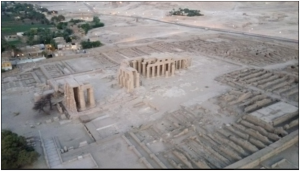
Our final stop for the day was the famous Karnak temple, the largest religious building ever made, covering about 200 acres (1.5 km by 0.8 km), which was a place of pilgrimage for nearly 2,000 years. The great temple at the heart of Karnak is so big that St. Peter’s, Milan, and Notre Dame Cathedrals would fit within its walls. The Hypostyle hall, at 54,000 square feet (16,459 meters) and featuring 134 columns, is still the largest room of any religious building in the world.
While the country is not really an expensive one, one must not miss out on buying the khartouch, the filigree silverwork jewellery, which can be engraved with your name in hieroglyphics. Genuine silver jewellery is available in leading shops – just be sure to go to an authentic one so you are assured of the real thing. Ordering your khartouch onboard the ship during the Nile cruise is a good idea as you can be assured of delivery before disembarking.
Egyptian food is quite palatable to Indian tastebuds. Their babaganoush is nothing but a slightly tweeked version of baingan ka bharta, just like their flatbreads belong to our roti/naan family. So finding suitable food to eat will not be an issue in Egypt.
All in all, a trip to Egypt is a definite must for any avid traveller. It will surely make for an unforgettable holiday and the memories of a trip to one of the most historical places in the world will forever stay with you.
( all pictures by the author)

Advertisement:
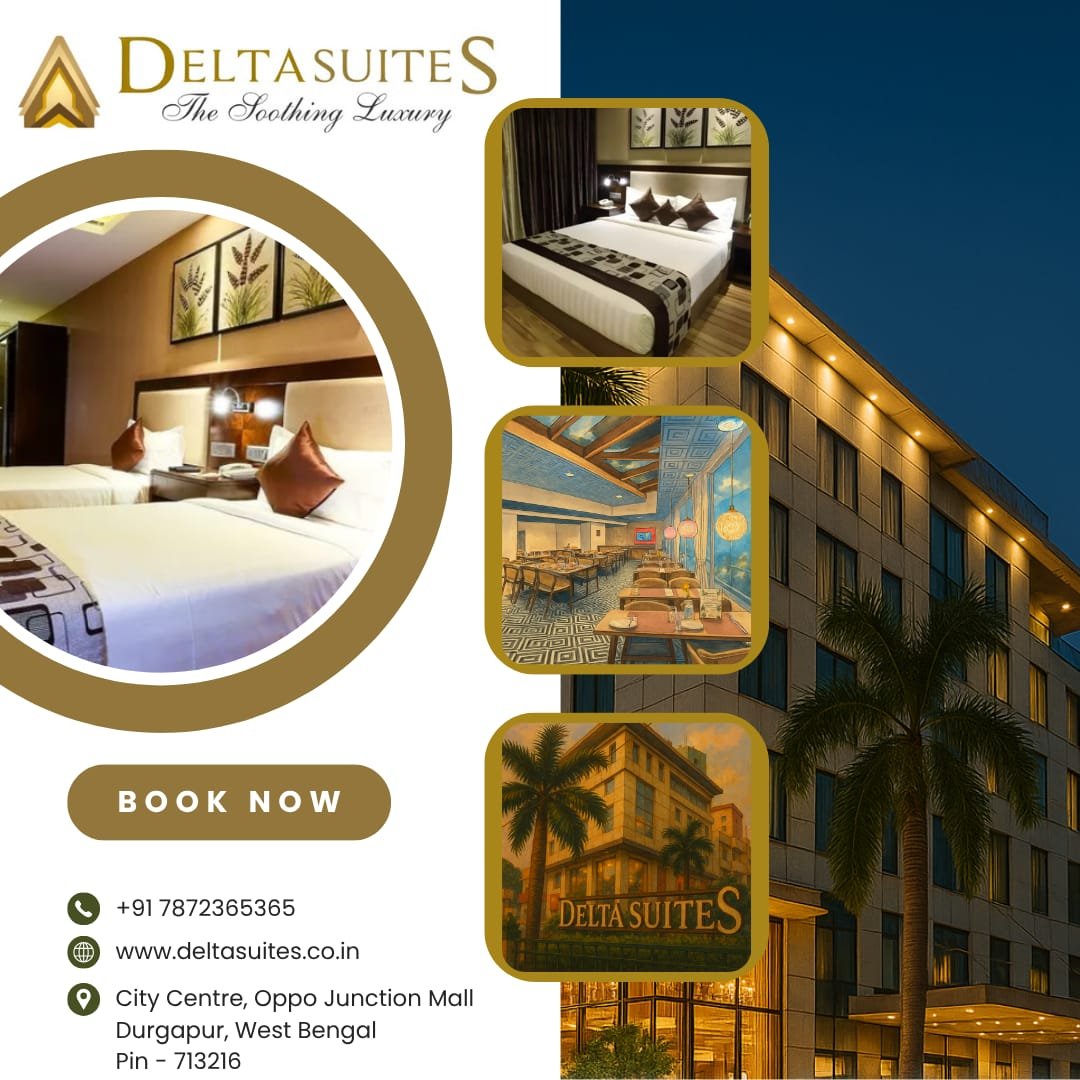
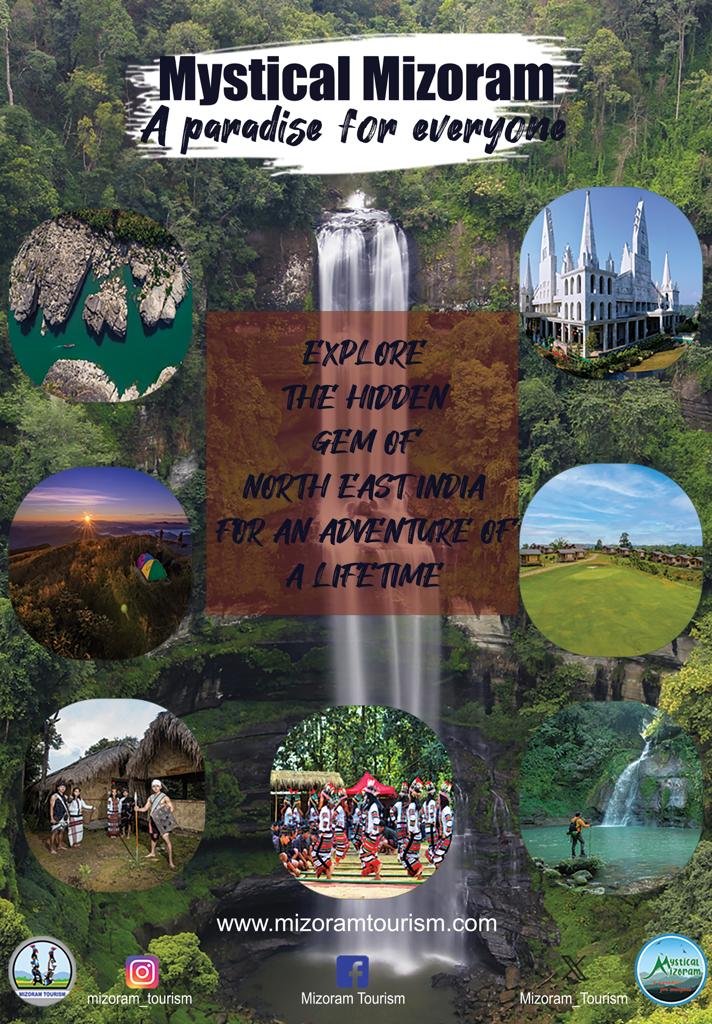
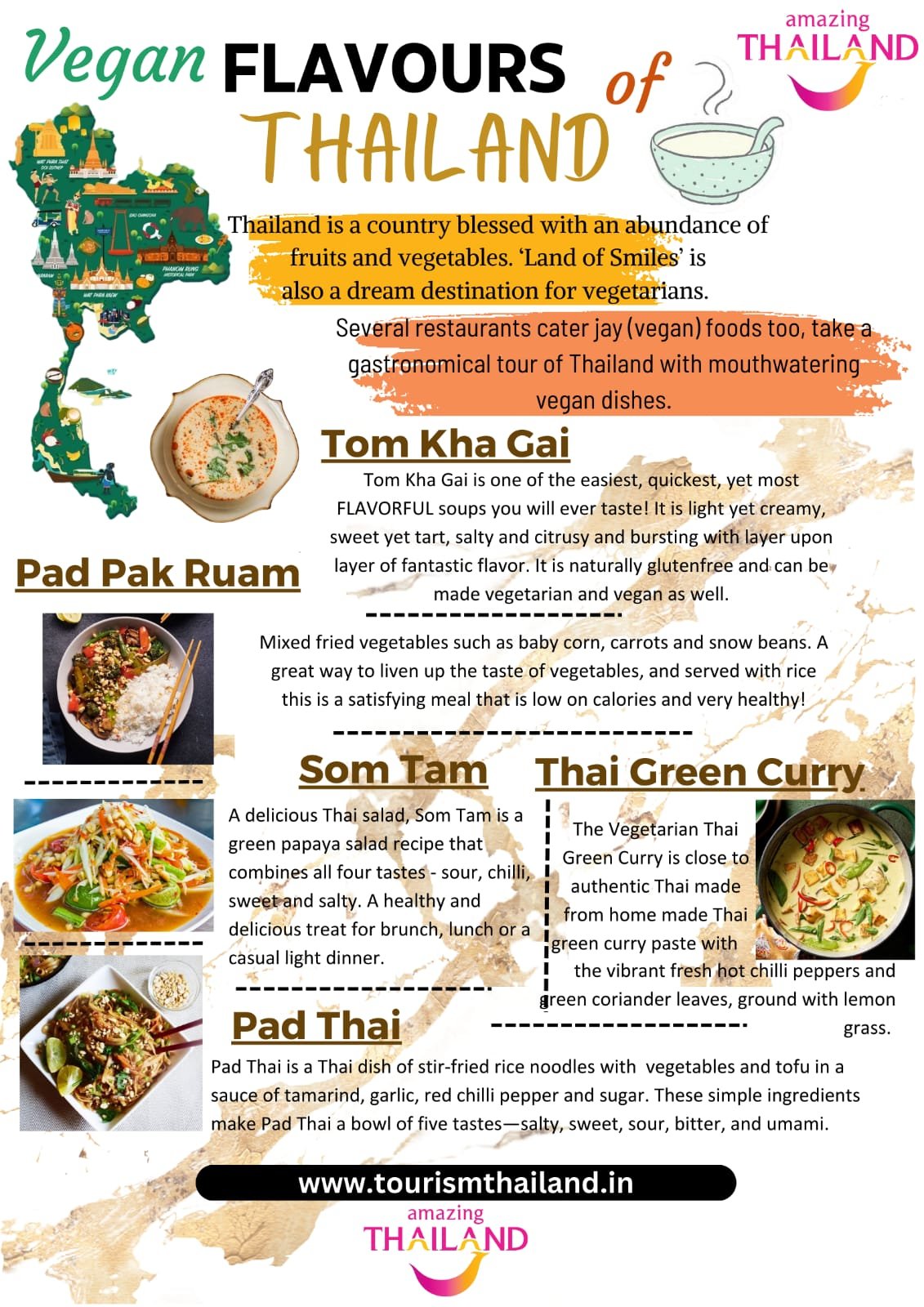
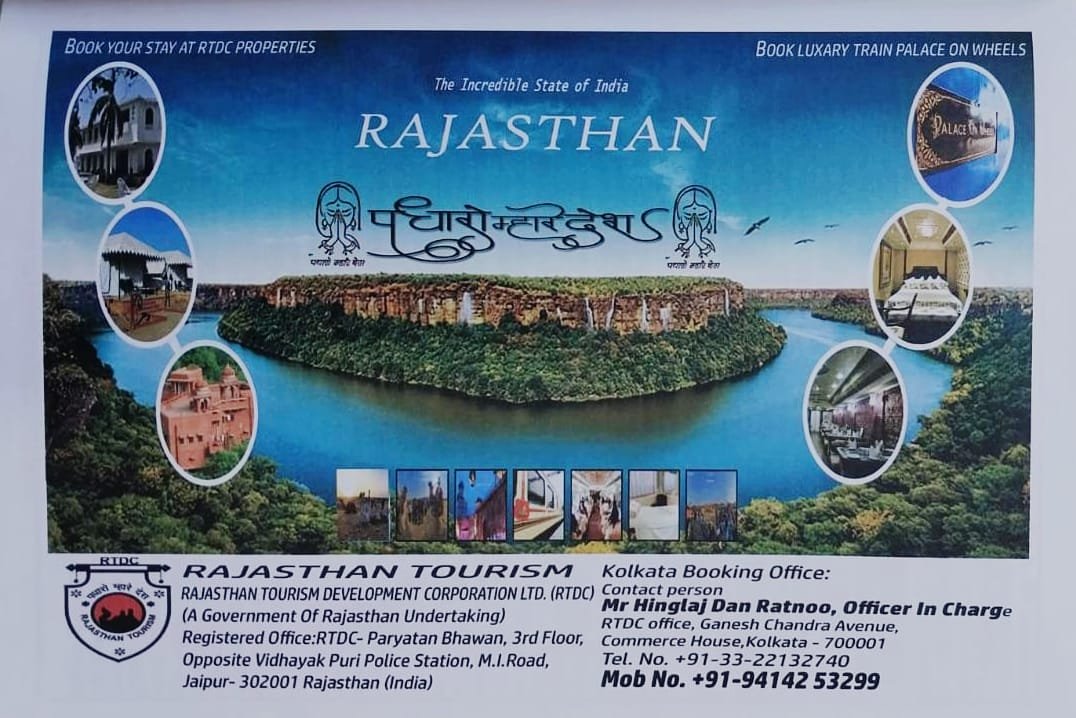

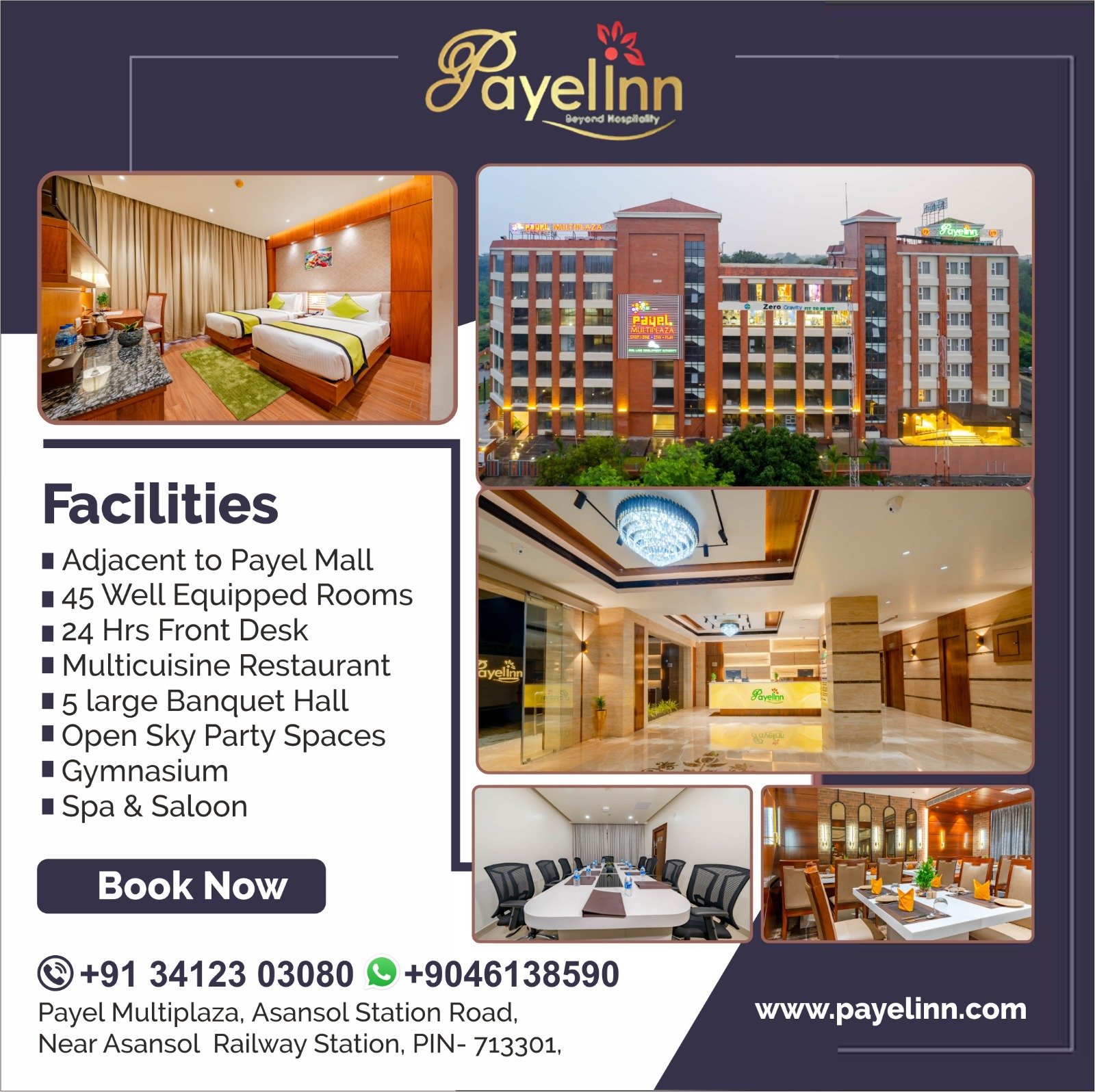


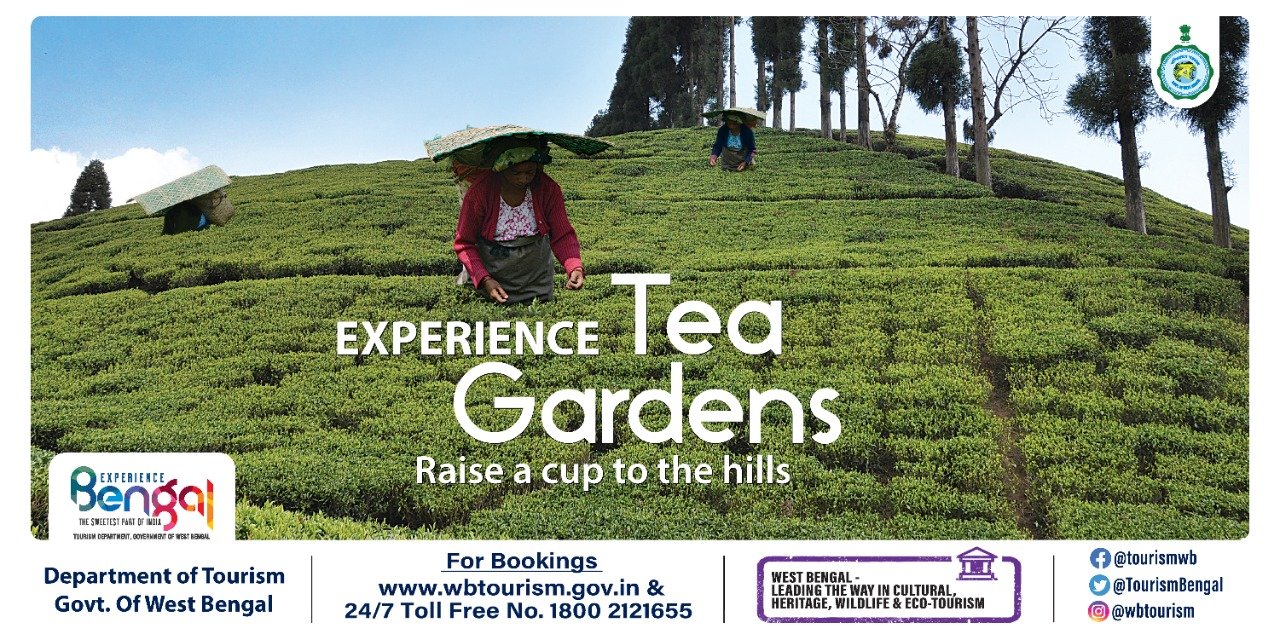

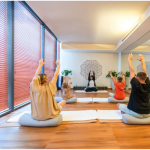
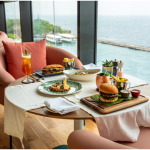
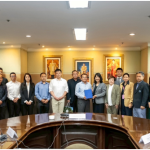
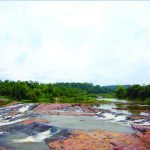
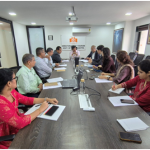



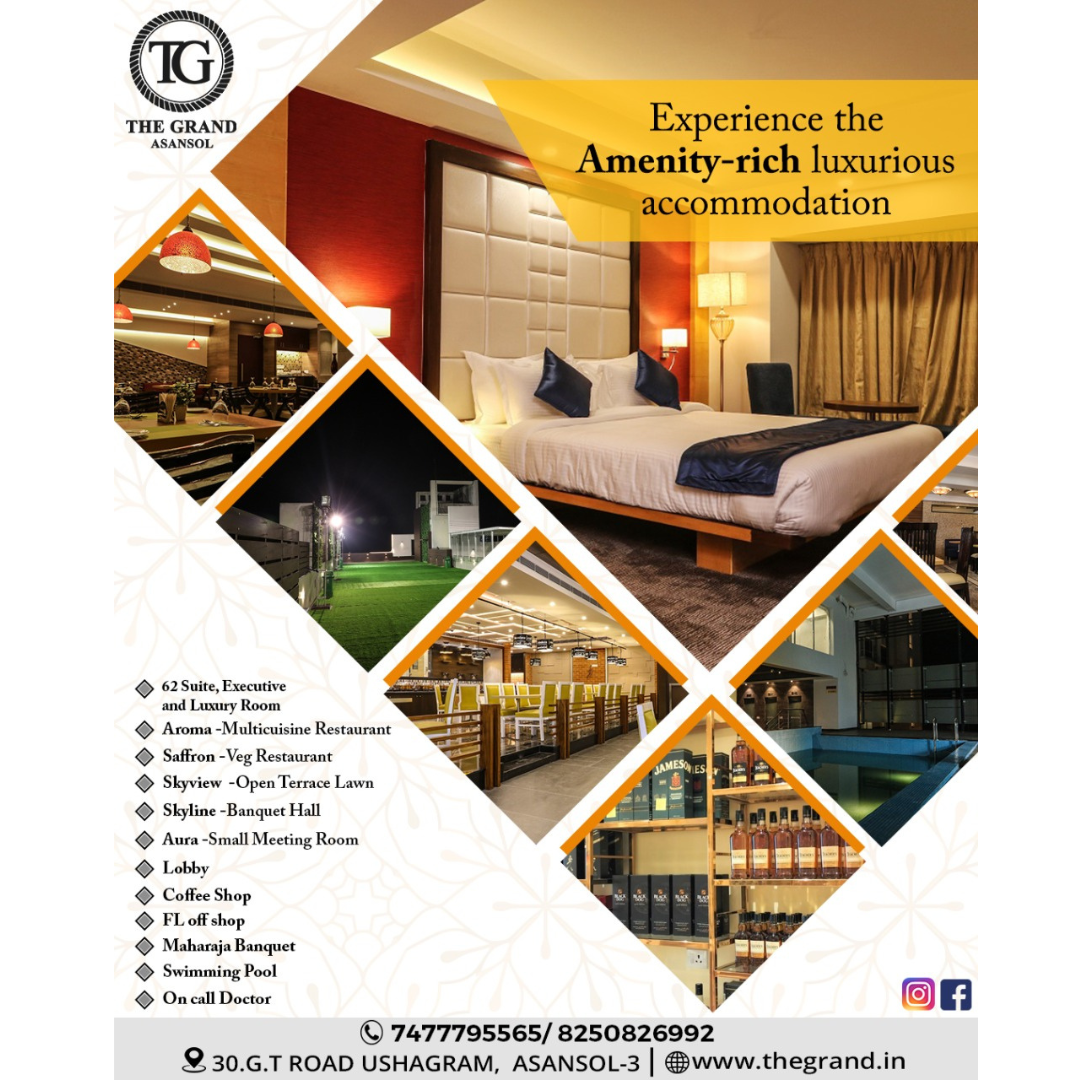
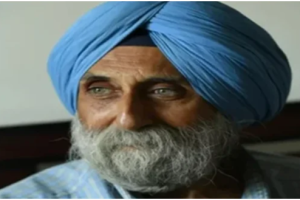
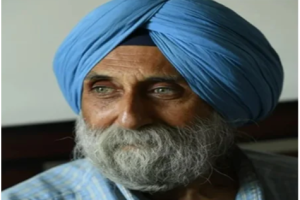








Add Comment